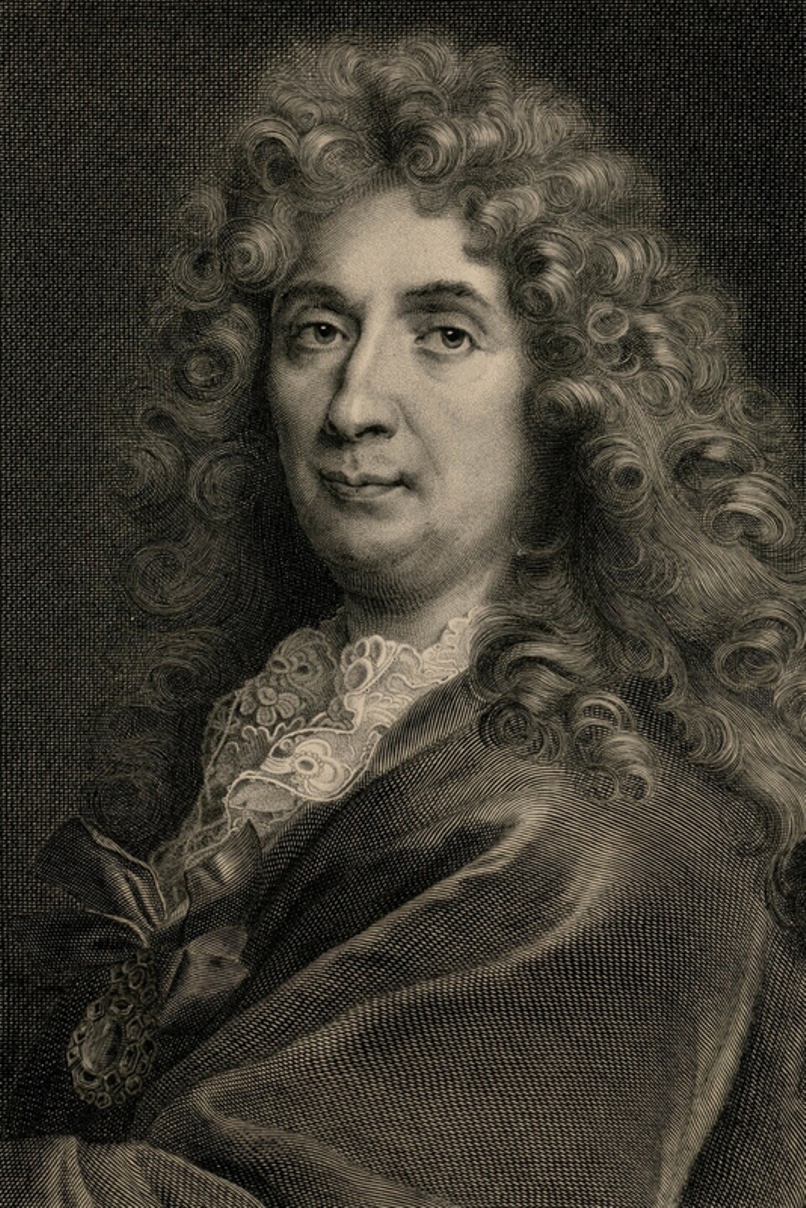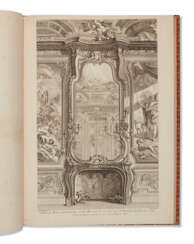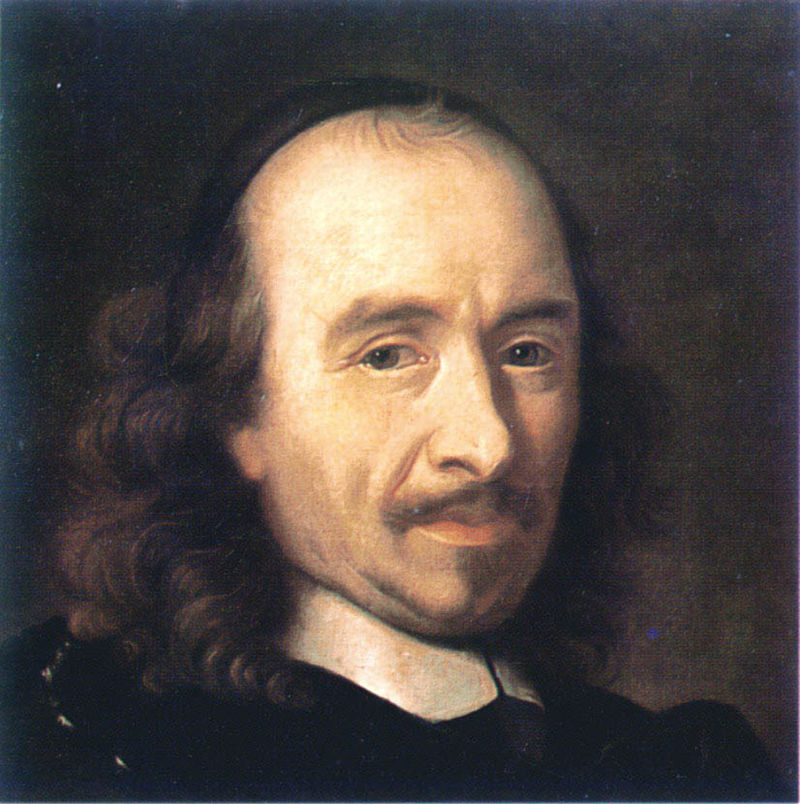
Livres rares et Manuscrits, incluant une sélection de la bibliothèque de la famille Rothschild

Hartmann Schedel was a German humanist, medical scientist, historian and chronicler.
Schedel was the first to compile a world chronicle, the so-called Visual History of the Earth from the Creation of the World to the 1490s, known as Schedelsche Weltchronik (Schedel's World Chronicle). It was published in 1493 in Nuremberg. About 600 woodcuts for this book were created by the artists and engravers Michael Wolgemuth (1434-1519) and Albrecht Dürer (1471-1528). The illustrations depict biblical scenes, family trees, portraits of famous personalities, and fairy tale or legendary creatures. However, the main ones here were maps of the world, Germany and Central Europe.
Hartmann Schedel was one of the first cartographers to use machine printing. He was also a renowned collector of books, artworks and engravings by old masters.

Hans Vredeman de Vries was a Netherlandish painter and printmaker, decorative artist, architect and Renaissance engineer.
After studying the works of Vitruvius and Sebastiano Serlio and putting in a great deal of labor himself, Vredeman became known throughout Europe as a specialist in perspective. As an architectural theorist, he was most famous for his varied designs of invented views of cities and buildings shown in carefully considered linear perspective. These were apparently created as models for architects.
In 1575-1586 Hans Vredeman de Vries was appointed city architect of Antwerp and was responsible for the fortifications of the city. He then worked in Hamburg, Danzig, Prague and Amsterdam. He is also known for his 1583 publication on garden design and books with many examples of ornamentation and perspective.
His son Salomon Vredeman de Vries (1556-1604) was also an artist.
Odoardo Fialetti was an Italian painter and printmaker who began his training during the late Renaissance, and showed distinct mannerist sensibilities in his mid-career, adopting a much looser and more dynamic style in his later life.
Born in Bologna, he initially apprenticed with Giovanni Battista Cremonini, and after traveling to Rome, he moved to Venice to work in the elderly Tintoretto's studio.
From 1604 to 1612, he is listed as member of the Venetian Fraglia dei Pittori. In Venice, he painted a St Agnes for the church of San Nicolò da Tolentino and scenes from the Life of St Dominic for the sacristy of the Santi Giovanni e Paolo.


Charles Le Brun was a French painter, draftsman and chief decorator of the Palace of Versailles.
Charles came from an educated and respected family, trained in painting in Italy and very soon his talents were appreciated in the highest circles of France. In 1660 Le Brun painted "The Family of Darius before Alexander", which brought him the reputation of a brilliant French painter, and in 1664 he received the position of the first painter of the king. Thereafter he received more and more commissions and more honors.
From 1662 Le Brun controlled all the artistic projects of the royal court. In the Palace of Versailles, Lebrun created beautiful decorations: the Ambassadors' Staircase, the Hall of Mirrors, the Peace Room and the War Room. In each of his designs, he emphasized the king's achievements. He was also responsible for the decoration of the State Apartments, which was entrusted to the greatest artists of the time, who worked from his drawings. Le Brun also designed most of the statues in the park at Versailles. This enormous work cemented his reputation as a true seventeenth-century genius, as well as one of the founders, ideologues, and chief representatives of the classicist "grand style" of King Louis XIV's era.
In 1648 Le Brun became a founding member of the Royal Academy of Painting and Sculpture, and in 1663 - the manager of the Manufacture of tapestries.
Charles Le Brun was not only the creator of the "grand style", but also contributed to the rebirth of classicism into academism.










![[PARLEMENT DE PARIS – CHAMBRE DES ENQUÊTES]](/assets/image/picture_3566742/b0cd9/c33a41cfb271cc2ca11cd077c84c8dd71700607600jpg__fix_374_244.jpeg)
![[PARLEMENT DE PARIS – CHAMBRE DES ENQUÊTES]](https://veryimportantlot.com/assets/image/picture_3566742/b0cd9/c33a41cfb271cc2ca11cd077c84c8dd71700607600jpg__fix_374_244.jpeg)








![[VERSAILLES]](/assets/image/picture_3567181/12321/88600636eca47f14d261db869247eb0a1700607600jpg__fix_374_244.jpeg)
![[VERSAILLES]](https://veryimportantlot.com/assets/image/picture_3567181/12321/88600636eca47f14d261db869247eb0a1700607600jpg__fix_374_244.jpeg)


![[CABINET DU ROI]](/assets/image/picture_3567001/eeeaa/a2af7f591966e5c966d0247029a46b0e1700607600jpg__fix_374_244.jpeg)
![[CABINET DU ROI]](https://veryimportantlot.com/assets/image/picture_3567001/eeeaa/a2af7f591966e5c966d0247029a46b0e1700607600jpg__fix_374_244.jpeg)




![[PAMPHLETS]](/assets/image/picture_3566929/2067f/c5078f744d7e603c448695d945b55c521700607600jpg__fix_374_244.jpeg)
![[PAMPHLETS]](https://veryimportantlot.com/assets/image/picture_3566929/2067f/c5078f744d7e603c448695d945b55c521700607600jpg__fix_374_244.jpeg)





![[CHÂTEAU DE VERSAILLES]](/assets/image/picture_3567195/41a27/4ff7a80ce390eb15491dc0fef1b76c991700607600jpg__fix_374_244.jpeg)
![[CHÂTEAU DE VERSAILLES]](https://veryimportantlot.com/assets/image/picture_3567195/41a27/4ff7a80ce390eb15491dc0fef1b76c991700607600jpg__fix_374_244.jpeg)
![[COTTAGE BINDING] NEWTON, James, Esq.](/assets/image/picture_3601235/94ae9/uabp9nl3gybemunzva0ani4ce-yhzdwnmsu8mrmgg5tqton6ytgdtumxrfv4mo1700203606jpg__fix_374_244.jpeg)
![[COTTAGE BINDING] NEWTON, James, Esq.](https://veryimportantlot.com/assets/image/picture_3601235/94ae9/uabp9nl3gybemunzva0ani4ce-yhzdwnmsu8mrmgg5tqton6ytgdtumxrfv4mo1700203606jpg__fix_374_244.jpeg)
![BONNART, Robert (1652-1730) [et Nicolas Racot de GRANDVAL (1676-1753)]](/assets/image/picture_3601237/f74a3/107in9cm9vsx7a2ldmhmm4uqflijrmrjdkhscgroklhwfki9hhwsgngvwmbjs341700203629jpg__fix_374_244.jpeg)
![BONNART, Robert (1652-1730) [et Nicolas Racot de GRANDVAL (1676-1753)]](https://veryimportantlot.com/assets/image/picture_3601237/f74a3/107in9cm9vsx7a2ldmhmm4uqflijrmrjdkhscgroklhwfki9hhwsgngvwmbjs341700203629jpg__fix_374_244.jpeg)
![[CABINET DU ROI]](/assets/image/picture_3567103/020e0/22d2c3647d000a76f4f19c2d796177361700607600jpg__fix_374_244.jpeg)
![[CABINET DU ROI]](https://veryimportantlot.com/assets/image/picture_3567103/020e0/22d2c3647d000a76f4f19c2d796177361700607600jpg__fix_374_244.jpeg)
![[CABINET DU ROI].](/assets/image/picture_3566727/a0efd/24b1e4bec8703d01e5fd8a9b96b7c4f91700607600jpg__fix_374_244.jpeg)
![[CABINET DU ROI].](https://veryimportantlot.com/assets/image/picture_3566727/a0efd/24b1e4bec8703d01e5fd8a9b96b7c4f91700607600jpg__fix_374_244.jpeg)
![[CABINET DU ROI]](/assets/image/picture_3566952/29da4/fb231fa3112a5ab8e44a4c50ebdcaa131700607600jpg__fix_374_244.jpeg)
![[CABINET DU ROI]](https://veryimportantlot.com/assets/image/picture_3566952/29da4/fb231fa3112a5ab8e44a4c50ebdcaa131700607600jpg__fix_374_244.jpeg)


![[VILLE DE PARIS] BEAUMONT, Pierre-François (1719?-1769?)](/assets/image/picture_3601246/a401f/jljubzz5n-tjfrqcv6tdwz432yct3j9frmit1ygmenryxvknzm3tbrbtbvnymvl1700203694jpg__fix_374_244.jpeg)
![[VILLE DE PARIS] BEAUMONT, Pierre-François (1719?-1769?)](https://veryimportantlot.com/assets/image/picture_3601246/a401f/jljubzz5n-tjfrqcv6tdwz432yct3j9frmit1ygmenryxvknzm3tbrbtbvnymvl1700203694jpg__fix_374_244.jpeg)
![[RELIURES] CORNEILLE, Thomas (1625-1709)](/assets/image/picture_3567030/0fdb0/75ef67b13f30706cd221725a89912ff41700607600jpg__fix_374_244.jpeg)
![[RELIURES] CORNEILLE, Thomas (1625-1709)](https://veryimportantlot.com/assets/image/picture_3567030/0fdb0/75ef67b13f30706cd221725a89912ff41700607600jpg__fix_374_244.jpeg)

![[TURGOT, Michel-Étienne (1690-1751)] et Louis BRETEZ (mort en 1736).](/assets/image/picture_3601248/33147/vsw1zm32kzbormbw2voplyy4tlx0lcscigxdmgzpy8k3blcnugtmodbzek1zyiho1700203729jpg__fix_374_244.jpeg)
![[TURGOT, Michel-Étienne (1690-1751)] et Louis BRETEZ (mort en 1736).](https://veryimportantlot.com/assets/image/picture_3601248/33147/vsw1zm32kzbormbw2voplyy4tlx0lcscigxdmgzpy8k3blcnugtmodbzek1zyiho1700203729jpg__fix_374_244.jpeg)


![[LIVRE DE FÊTES]](/assets/image/picture_3566967/3f1ad/e9d0794c6ec1ba831b8b757e89c237401700607600jpg__fix_374_244.jpeg)
![[LIVRE DE FÊTES]](https://veryimportantlot.com/assets/image/picture_3566967/3f1ad/e9d0794c6ec1ba831b8b757e89c237401700607600jpg__fix_374_244.jpeg)